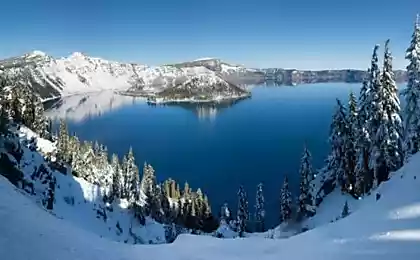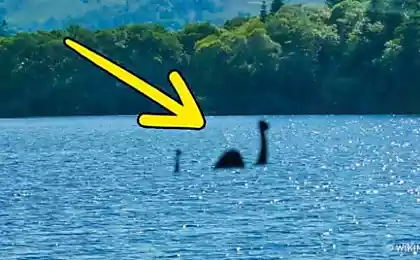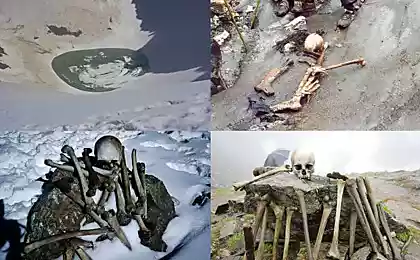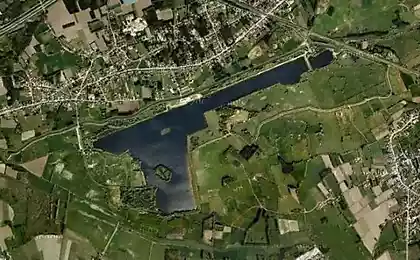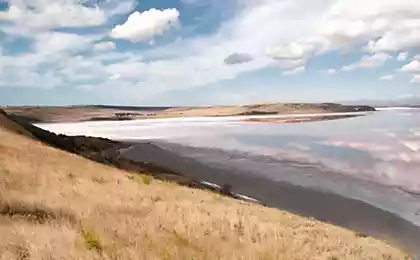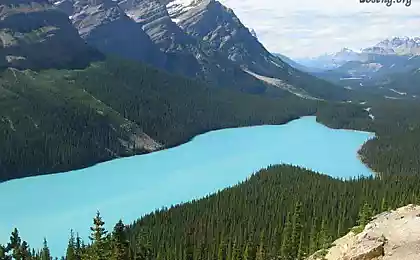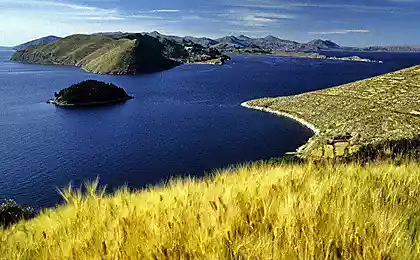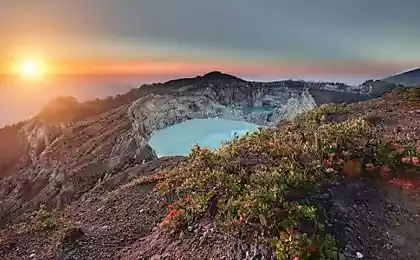775
Lake skeletons Roopkund India (9 photos)
Roopkund - a glacial lake located at an altitude of 5029 meters in the Indian state of Uttarakhand. When the ice melts, hundreds of human skeletons can be seen beneath the surface of the water or floating on the water. Lake found in 1942, the local forest ranger reserve. They say some bones lie here with the XIX century. Initially, it was assumed that the remains belong to the Japanese soldiers who penetrated into the area, and later died as a result of "inhospitality" territory. Since the discovery came in the Second World War, the British immediately sent a detachment to see if they stumbled on some sort of secret passage enemy. However, after investigation, it became clear that the skeletons could not belong to the Japanese soldiers.
1. Some researchers and scientists have suggested that the bones belong to General Zoravar Kashmir Singh and his people who are lost and died in the Himalayas on the way back after the Battle of Tibet in 1841. However, analysis of radioactive carbon, conducted in the 1960's, refuted this theory.
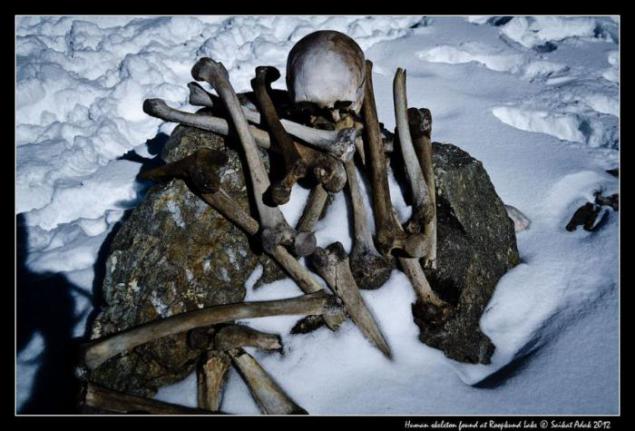
2. The analyzes showed that the skeletons could lie here between the XII to the XV century. This has led historians to believe that the remains are somehow connected with an unsuccessful attack on Muhammad Tughlaka Himalayas. Yet other scholars believe that the bones belong to victims of unknown people who died from the epidemic. Some anthropologists argue that it is - the victim of a ritual suicide.
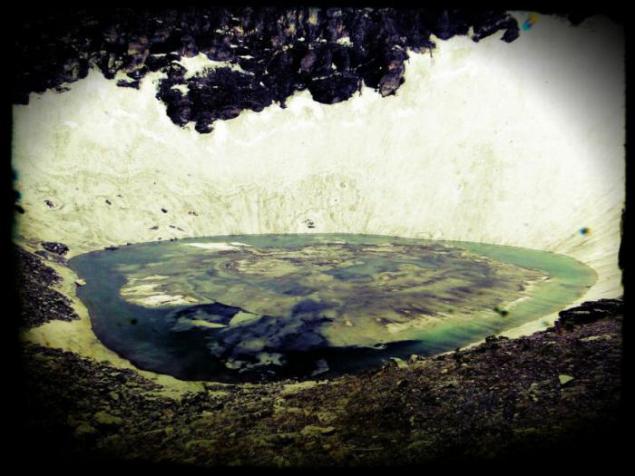
3. It was only in 2004 when a team of European and Indian scientists arrived in the area on the initiative of the channel National Geographic, the terrible truth of the mystery began to emerge.
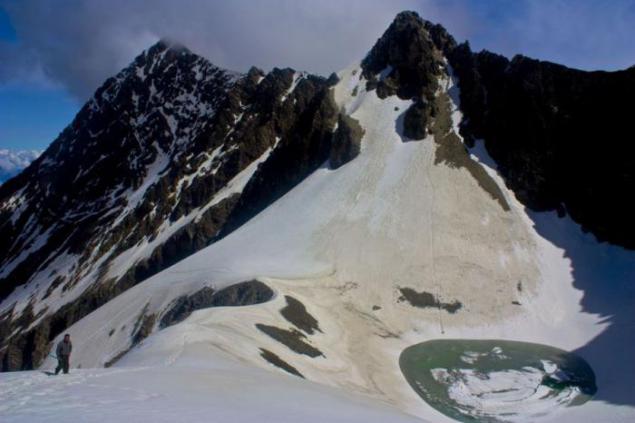
4. DNA studies have led to the fact that the dead were divided into two categories: some were small, others - much higher. Even the body which belonged to an earlier period of time than previously thought. It turned out that the bones lie here somewhere from 850 AD

5. Cracks at the back saying that they had died from a lethal blow to the head, but it was not a landslide or an avalanche. Blows were inflicted by blunt round object the size of a cricket ball. The absence of any other wounds on the body suggests that the blow came from above.

6. The only plausible explanation for the fact that so many people received a similar injury at the same time is the following: they are something fell from the sky ... like ... degrees.
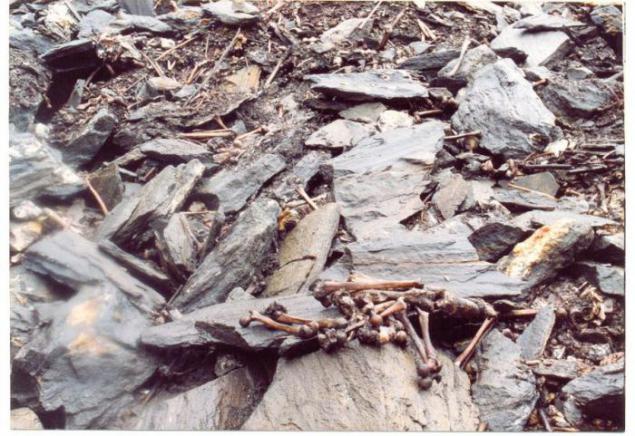
7. There is no historical evidence that in the area were some trade routes, but Roopkund lake is at an important pilgrimage route worship Nanda Devi, and festivals were held approximately every 12 years. This group of 500-600 people was likely to pilgrims. They were all from one place and hired a group of porters who knew the local area.
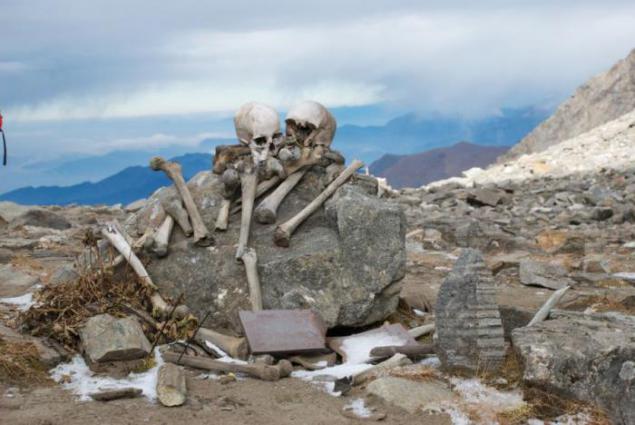
8. Approaching the lake, they are likely to come down the hill to collect fresh water when hovering over their heads the clouds. In the Himalayas there was no refuge, so many, and perhaps all of them died. The icy waters of the lake have kept their bodies for hundreds of years. Some skeletons were even hair and nails, and unspoiled pieces of clothing.
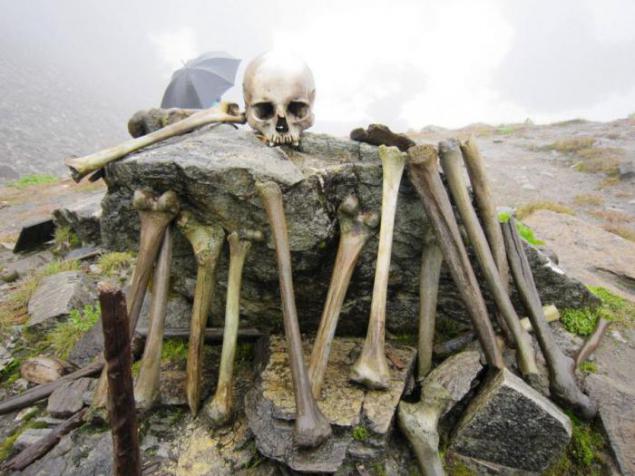
9. Did someone pilgrims escaped this fate, returned to the village and talked about it, because in the local villages there is an interesting legend. The Himalayan folk song describes the goddess of women, which is so very angry at the people who invaded her mountain abode that they cast a deadly rain from the sky in the form of stones, "hard as iron».
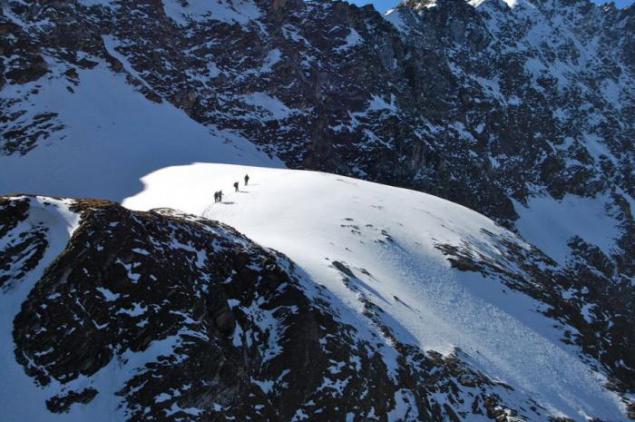
1. Some researchers and scientists have suggested that the bones belong to General Zoravar Kashmir Singh and his people who are lost and died in the Himalayas on the way back after the Battle of Tibet in 1841. However, analysis of radioactive carbon, conducted in the 1960's, refuted this theory.

2. The analyzes showed that the skeletons could lie here between the XII to the XV century. This has led historians to believe that the remains are somehow connected with an unsuccessful attack on Muhammad Tughlaka Himalayas. Yet other scholars believe that the bones belong to victims of unknown people who died from the epidemic. Some anthropologists argue that it is - the victim of a ritual suicide.

3. It was only in 2004 when a team of European and Indian scientists arrived in the area on the initiative of the channel National Geographic, the terrible truth of the mystery began to emerge.

4. DNA studies have led to the fact that the dead were divided into two categories: some were small, others - much higher. Even the body which belonged to an earlier period of time than previously thought. It turned out that the bones lie here somewhere from 850 AD

5. Cracks at the back saying that they had died from a lethal blow to the head, but it was not a landslide or an avalanche. Blows were inflicted by blunt round object the size of a cricket ball. The absence of any other wounds on the body suggests that the blow came from above.

6. The only plausible explanation for the fact that so many people received a similar injury at the same time is the following: they are something fell from the sky ... like ... degrees.

7. There is no historical evidence that in the area were some trade routes, but Roopkund lake is at an important pilgrimage route worship Nanda Devi, and festivals were held approximately every 12 years. This group of 500-600 people was likely to pilgrims. They were all from one place and hired a group of porters who knew the local area.

8. Approaching the lake, they are likely to come down the hill to collect fresh water when hovering over their heads the clouds. In the Himalayas there was no refuge, so many, and perhaps all of them died. The icy waters of the lake have kept their bodies for hundreds of years. Some skeletons were even hair and nails, and unspoiled pieces of clothing.

9. Did someone pilgrims escaped this fate, returned to the village and talked about it, because in the local villages there is an interesting legend. The Himalayan folk song describes the goddess of women, which is so very angry at the people who invaded her mountain abode that they cast a deadly rain from the sky in the form of stones, "hard as iron».

